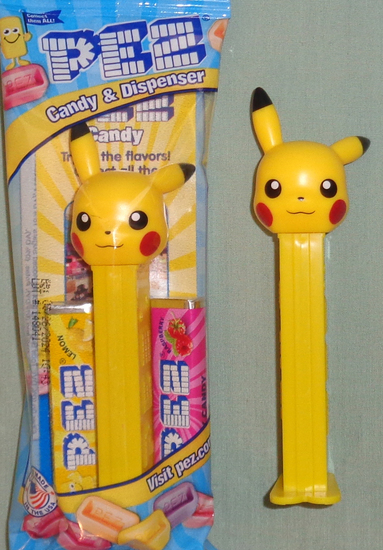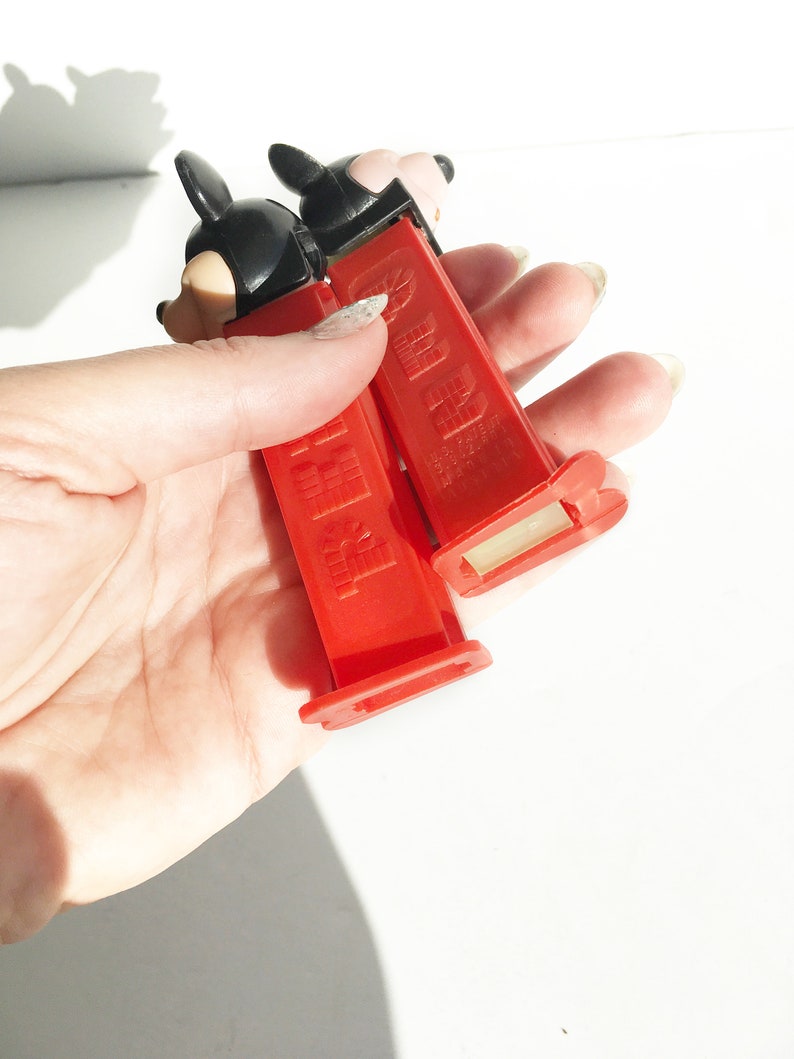I yield on the math of sets, which was my weak point 50 years ago and hasn’t gotten better with age.
OTOH, Books I know. And I can jump all over Trazyn number 3.
I collect Gnome Press books, the seminal small-press science fiction publisher. It only published 86 titles but they were by Asimov, Heinlein, Clarke, and their fellow Big Names, for some reason including Robert E. Howard.
To have a complete collection you need to have more than the 86 titles. Gnome put out over 70 variants. (More keep being found.) To have a complete Foundation trilogy you need nine books.
And then there’s I, Robot, which Gnome released in 1950. The next five years alone saw a cheap American knockoff, American and English book club editions, and hardbacks in England, Germany, Sweden, and Spain, plus a German trade paperback. Then, finally in 1956, a publisher thought that a paperback might be a good idea. Ever since then, hundreds of editions have been published in every format and a million languages. Shoot me before I ever become an Asimov completist.
129,864,880, the number Google put out in 2010, is the most bullshit exact number in human history. (Does that make it unique?) It’s not even the number they use in their own account of how they got 129,864,880. “Counting only things that are printed and bound, we arrive at about 146 million.” Some of the books they count include variants. Few, if any, of the variants I collect in Gnome would be thought of as separate by them. But you can’t have it both ways.
2010 was also before the flood of self-published ebooks that alone hit several million a year just in English. Are they books? Lots of individual titles are only as long as chapters in ordinary books, but Amazon lists them separately.
The world is full of fuzzy gray lines. You don’t want to wade in that swamp and sort the muck on the bottom.




